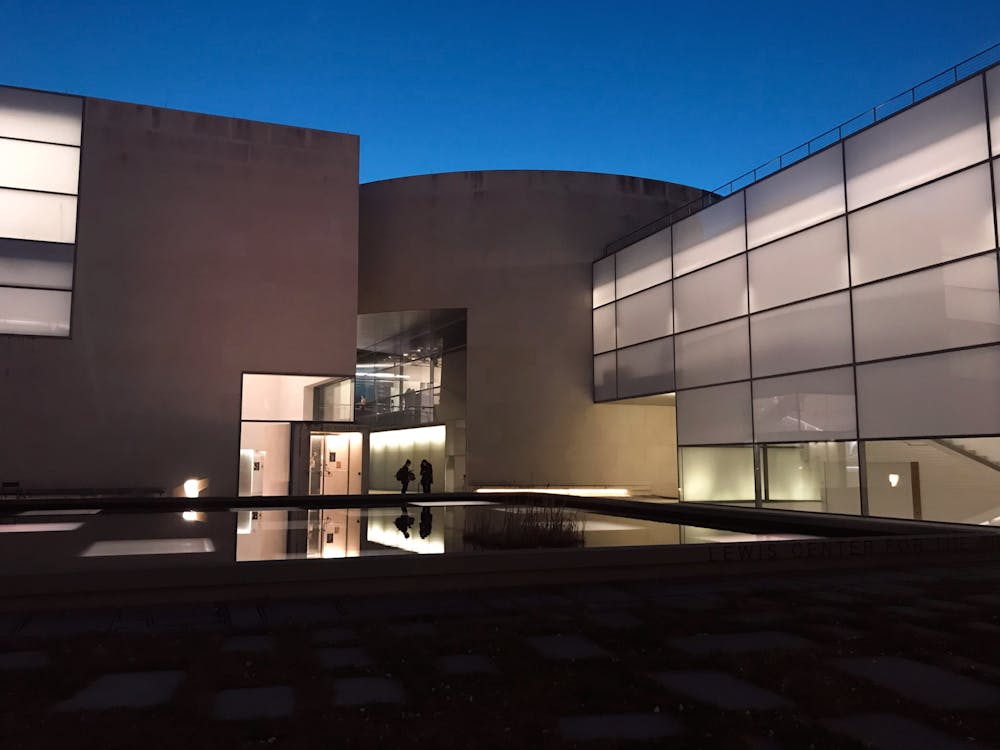We thought winter would never come. But then it did. This Intersession, winter came with a vengeance — and serendipitously, there was not a snow day in sight.
The forecast for Winter Storm Jonas was announced during the last week of fall finals, alerting students to the first heavy snow of the school year and forcing Floridians, such as myself, to quickly book flights back home before the storm arrived. It came during the one week in which there are no classes — not that the University gives a lot of snow days to begin with. When southern states like Georgia get an inch of snow, everything shuts down, while Princeton students bundle up and try to make it to their 9 a.m. classes by traversing the frozen gothic tundra that used to be known as Princeton University. Now, while most students would complain about having class when Princeton resembles Elsa's ice palace from "Frozen," there are quite a few benefits in regard to Princeton’s lack of snow days.
1. Blizzards offer their own brand of workout routine: survival.
Was your New Year’s resolution to be more fit and go to the gym? Now you can get a workout without having to use any machinery or, even worse, run. Instead, you can work out your mind and body as you contemplate every single step that you take to avoid slipping on ice, bruising your pride and bottom. Navigating campus like Bear Grylls, you work out your legs as you take careful quick steps around icy patches, or perform your best version of a grand jeté over a muddy puddle (making you wonder if you should audition for Princeton University Ballet).
2. Get closer with friends. A lot closer, e.g., "penguin huddle."
Not having snow days allows you to get closer to your fellow students, both mentally and physically. The usual chatter of a morning walk is silenced as students trudge through the ice and snow in solidarity, wondering what it is like at Stanford right now. In those moments, there is no separation between students; we are all one force trying to overcome the terrain. Also, as we try our best to walk only in the snow and stay away from ice, we feel really close to our fellow students as we literally walk in their footprints and follow them closely, to the point when body heat is almost shared between a pair. Sometimes even a group of students can be seen huddling for warmth in the manner of emperor penguins, famous for their miraculous tap-dancing abilities — and marching to Morgan Freeman's golden voice.
3. Blizzards at Princeton offer, unsurprisingly, research opportunities. Remember to get IRB approval!
The first couple days after heavy snow are great to perform psychological experiments. The subject? New students from tropical or subtropical regions. It feels like you are watching a documentary on PBS that starts out with the subjects leaving their natural habitat of a heated room to investigate the cold white stuff in the air and on the ground. For the first day, the subjects will be delighted, making repeated calls of “It’s snowing! It’s snowing!” and will even venture to play in the snow. Those happy days will, sadly, not last for long. By the third day of below-freezing conditions, the subjects will come to the conclusion that snow is just ice. Ice that is falling on your face and into your eyes. And when ice forms on the ground? The frustration is quite apparent on the subjects’ faces, especially when they encounter black ice. Now, next year, when they are warned that winter is coming and the Seven Kingdoms of Westeros face civil war, they will feel an appropriate sense of anticipation and horror.
In conclusion: It's for the best, and rightfully part of a comprehensive liberal-arts education.
In sum, the University truly has our best interest at heart when we are forced to face a white abyss of ice to make it to our lectures, labs, precepts and independent work. It's just another opportunity Princeton offers its students: the experience of a new Ice Age. It may have been fleeting, perhaps, but it was nonetheless a shocker for the students from the sun belt.






